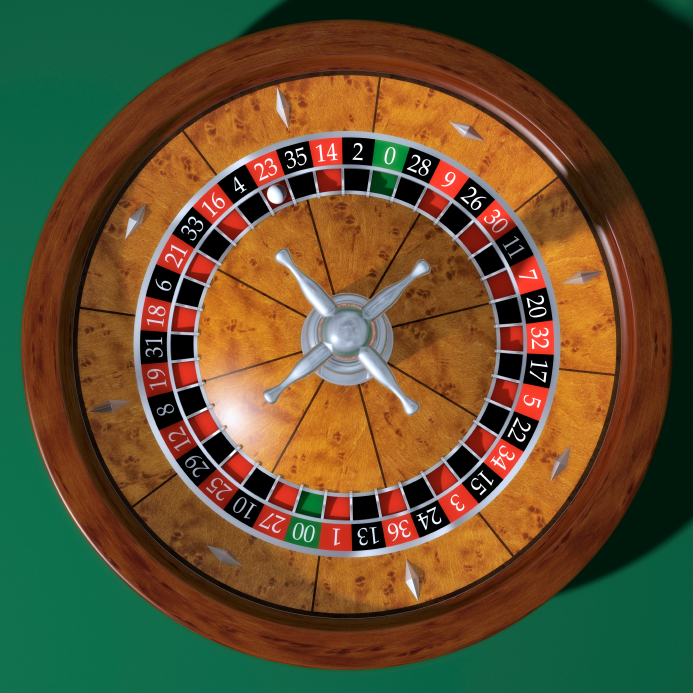At Micrex, we are big believers in the concept of “Fail Fast”. We have always talked about it with our customers – and what we have learned is that there are different interpretations of what “fail fast” means.

From an engineering perspective, fail fast is about system safety and optimization. A system that is designed to fail fast is one that will go into a failure state, rather than continue to operate in a possibly failed state. This allows back-up or redundant systems to immediately be activated.
The key is to minimize the delay between a likely failure and a truly flagging failure, so that an alternative solution can be implemented.
Extrapolating this to product development leads to two more alternatives:
- Fail but learn: failure produces learnings, which inform next steps
- Fail often: design the system to make it easy to try the next thing.
Celebrating Failure Doesn’t Seem to Make Sense
Why celebrate failure – particularly when we know that the corporate world rewards success?
The product development professional must strive to foster an environment where failure can occur without negative consequence. The good news: this is not as hard as it sounds.
The Solution: Test Early Or Inexpensively
It means looking for ways to test either early or inexpensively. Test components before testing the entire system. If something seems to work, then test variations that fail – it will give you confidence in the solution’s robustness.
Counterpoint: I was chatting with a long-time customer about changes at his company because of a recent merger.
Me: “What’s new at your company?”
Customer: “They’re training us to be more entrepreneurial”.
Me: “How’s it going?”
Customer: “Great – until something does not work out”.



